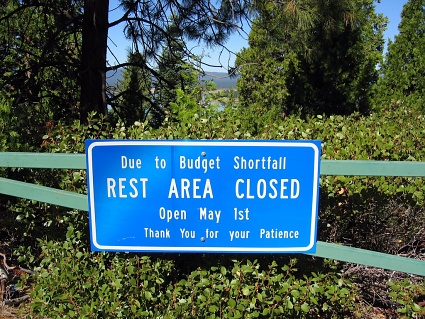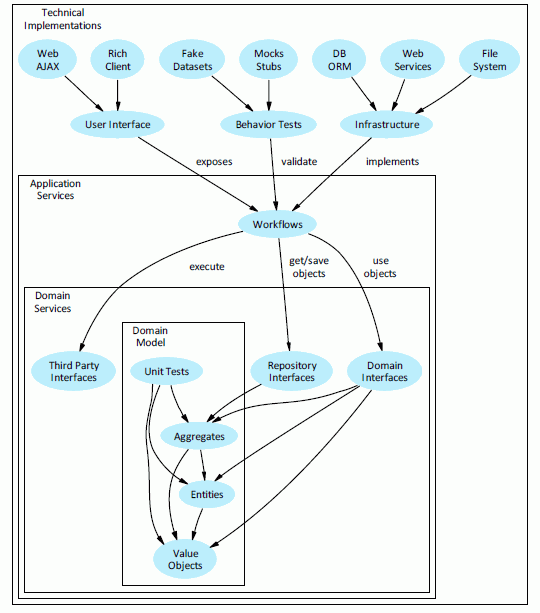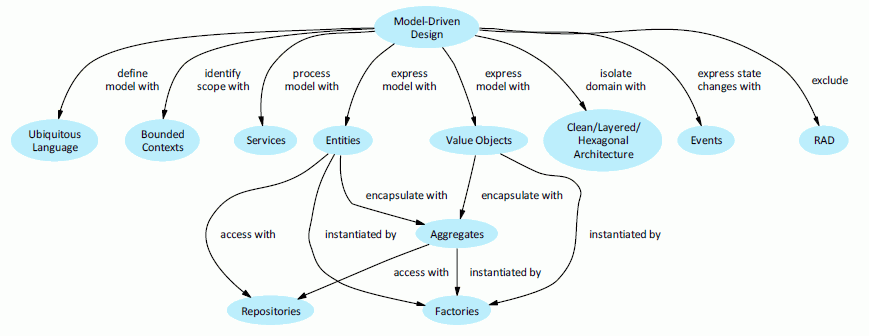Our Synopse mORMot Framework was designed in accordance with
Fielding's REST
architectural style without using HTTP and without interacting with the
World Wide Web.
Such Systems which follow REST principles are often referred to as
"RESTful".

Optionally, the Framework is able to serve standard HTTP/1.1 pages over the
Internet (by using the mORMotHttpClient / mORMotHttpServer units
and the TSQLHttpServer and TSQLHttpClient classes),
in an embedded low resource and fast HTTP server.









